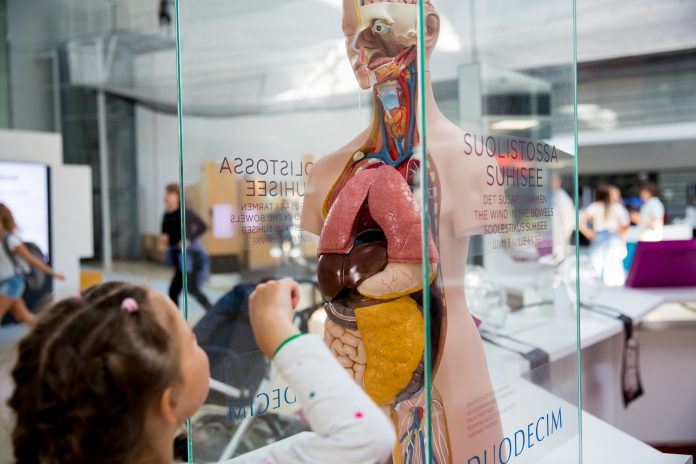Scientists have developed synthetic adhesion molecules that have the potential to be used to build organs and treat diseases
Adhesion molecules are proteins on the surface of cells that aid in tissue formation and help cells communicate and coordinate with each other.
A team from the University of California, San Francisco, believe with this new discovery they could eventually be able to build new organs. By swapping out components of different types of adhesion molecules using their platform, they can customize “cellular glue” with an array of applications.
“Suturing at the cellular level”
“We’re used to thinking about surgeons cutting things out and putting things together, but we don’t do or know how to do this at the microscopic cellular level,” Wendell Lim, Ph.D., corresponding author and developer of CAR-T cell therapy synNotch, said in an interview with Fierce Biotech Research. “These tools give us the equivalent of suturing things together at the cellular level.”
“These tools give us the equivalent of suturing things together at the cellular level.”
The human body has 30 trillion cells researchers at Lim’s lab have been working on understanding the patterns and rules behind their communication and coordination as part of a broader goal of designing better cell therapies.
“We don’t fully understand how all of these molecules work. There are many of them, and they’re very complicated,” he said. “We realised what would be powerful would be if we could learn the rules of how you make a customised molecule that you can program into a cell and instruct who it should bind to and how strong that interaction should be.”
Modular structures
The team developed a modular structure with two customisable components:
- A piece on the outside with the ability to determine what kinds of cells the structure interacts with
- And another that controls how strong the interaction will be
“We showed that we can make many different flavours of these customised molecules and really make new custom interactions between cells,” Lim explained. “That shows there’s a big universe of possible adhesion molecules that we can make that aren’t natural that allow us to now start thinking about connecting things that either didn’t connect or were connections between cells that are defective.”
Can we build organs?
One of the most promising applications of the adhesion molecules is building organs for transplant. Some of the most headline-grabbing transplant research focuses on growing organs in petri dishes, but neither approach has borne out yet. Synthetic adhesion molecules could help, Lim said.
“[The field is] making some progress but it’s not that great, and being able to scaffold organs with customized interactions that hold the right cells in the right place would be a really powerful tool in that regard,” Lim said.
What else could this technology be used for?
Besides building better organs, synthetic adhesion molecules can also be used to build better disease models.
Some researchers in Lim’s lab are applying them to organoids – these are small 3D tissues that are grown from stem cells.
Others are also looking at how they can be used in diseases like multiple sclerosis, a neurological condition caused by the degradation of the coating around nerve cells that helps them transmit signals. Synthetic adhesion molecules could potentially be used in multiple sclerosis treatment by improving cell-to-cell transmission or even regrowing the missing coating.
While such applications may be a long way off from the clinic, having a toolkit to try new ideas sets the future in motion, Lim said.
“We really have established a pretty controlled modular set where we can test out ideas where we can connect things in different ways and modify what kind of interaction it is,” he explained. “We are now in a position to think and really explore.”











